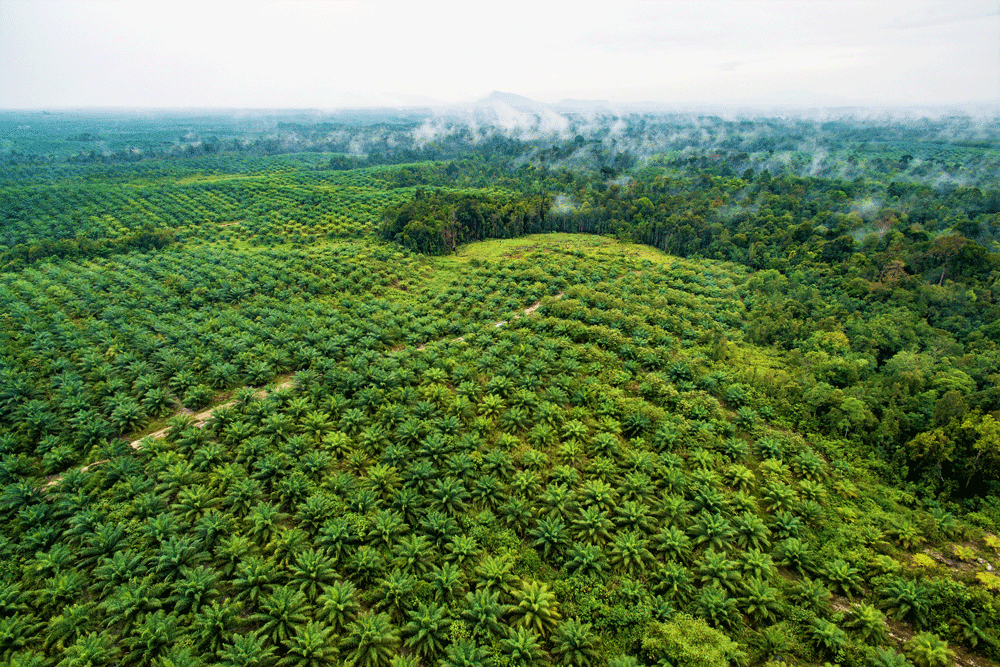The PRINCE project – Policy Relevant Indicators for Consumption and Environment – published its final report, presenting the most comprehensive and detailed calculation of the environmental impact of the Swedish consumption to date. “The most important about this project is that we have developed tools for measuring the environmental impact from Swedish consumption in Sweden as well as in the rest of the world,” says Martin Persson.
The research program has developed data models for assessing the environmental pressure from consumption, in terms of greenhouse gas emissions, land use change, resource and water consumption, as well as use and emission of chemicals. The program was initiated in 2014 with the aim of analyzing and quantifying potential environmental impact linked to Swedish consumption in Sweden as well as abroad. Martin Persson and Christel Cederberg, members of the Focali research network and researchers at Chalmers University of Technology, have been part of the program.
Imports are a key source
In the final report, the project confirms earlier findings that consumption of food, transports and residency, as well as investments in construction and plant operations are prominent sources of almost all emissions of greenhouse gases and air pollution. It also confirms that imports of goods and services are a key source of the environmental impact associated with Swedish consumption. Of all the greenhouse gas emissions in 2014, two thirds occurred outside of Sweden’s boundaries.
“Before this project we didn’t have the numbers on how Swedish consumption, or consumption in other countries, affects tropical forests. Now we have the data showing that the major CO2 emissions from deforestation affected by Swedish consumption mostly come from palm oil in Southeast Asia and from beef imported from Latin America, mainly Brazil,” says Martin Persson.
Data model linking economy and environmental pressure
The data model uses information from Statistics Sweden (SCB) for calculating national economic activity and environmental impact. By modelling the environmental impact of imports using EXIOBASE, an international data model which connects environmental data with the economic activity in a production chain, it was possible to calculate environmental impacts of Swedish consumption abroad. For chemical pollution, a major part, 75-95 percent, of the use of pesticides and veterinary antibiotics happen outside of the Swedish borders, due to imports of food. “The largest part emerges in Europe, but the link to the use of pesticides, especially insecticides, in Latin-America is very important,” says Christel Cederberg.
The findings also show that the overall Swedish consumption-based emissions decreased during 2008-2014. However, the authors state that it is important to note that the emissions are still far above what would be needed to meet the goals of the Paris Agreement to keep global warming under 2 degrees.
The findings form the base for monitoring of the national environmental targets, and the goal is to develop tools that Swedish authorities can use to track the environmental pressure caused by Swedish consumption.
This news was originally posted at Focali.se
The research program PRINCE (Policy-relevant indicators for national consumption and environment) was conducted by a consortium of Swedish and European research institutes. The project was led by SCB (Statistics Sweden) and financed by the Swedish Environmental Protection Agency. SCB, Chalmers University of Technology, Stockholm Environment Institute (SEI), KTH, NTNU in Norway and CML and TNO in Holland were part of the research team. The final report is published by the Swedish Environmental Protection Agency. Access the full report ”Miljöpåverkan från svensk konsumtion – nya indikatorer för uppföljning” here.
